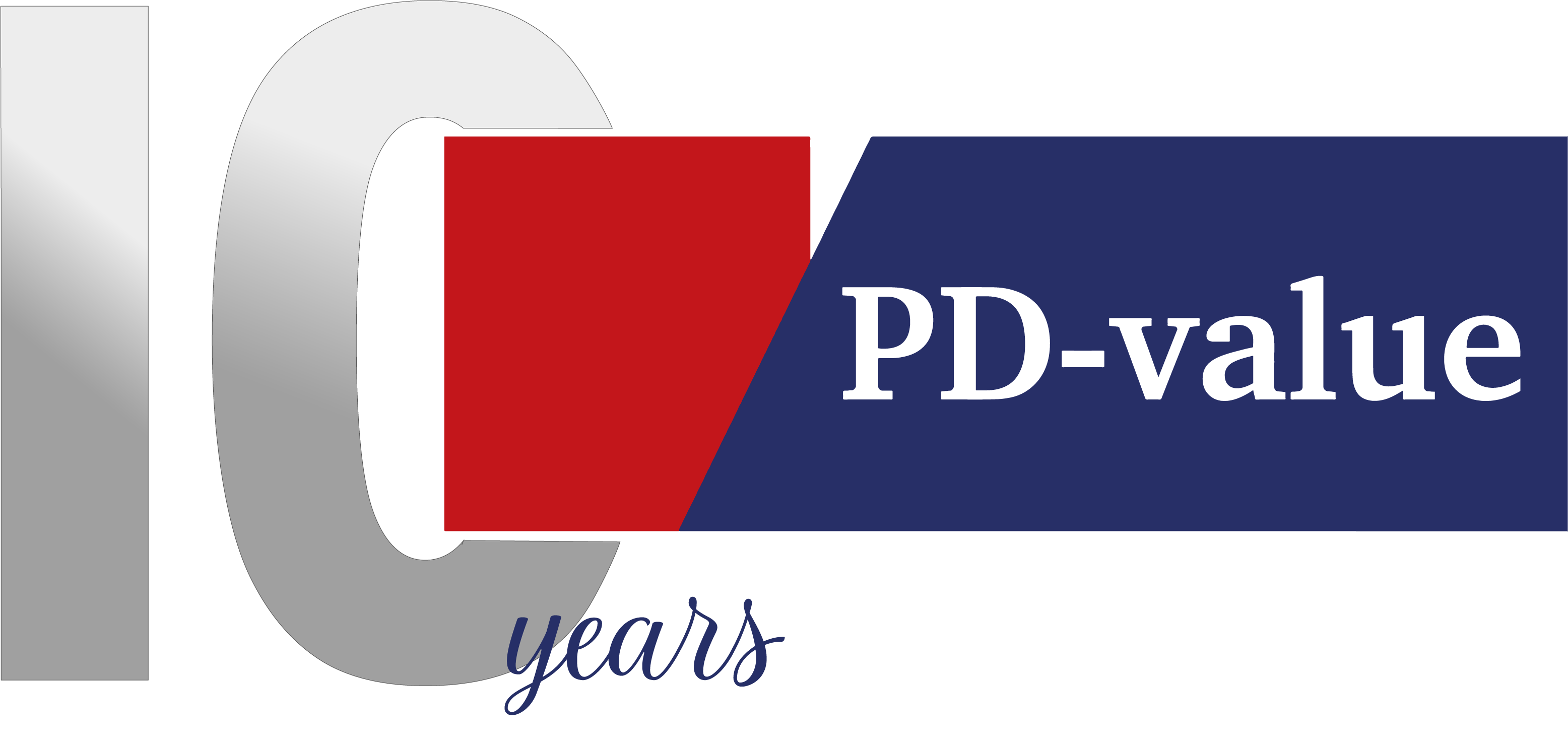In 2017, the FDA designed the Model Informed Drug Development (MIDD)1 Program to have a platform where the FDA and drug developers can discuss model-based approaches in drug and medical products development. In addition, the program aims to identify the best MIDD approaches for specific groups of drugs. The program is just one example of many initiatives of the FDA to define how Model-Informed or Model-Based approaches can be utilized in drug development. We see an increasing amount of documentation, workshops dedicated to model-based approaches and encouraging statements from the FDA. We observed one of the most significant shifts in 2020 when the FDA described Quantitative Systems Pharmacology and Model-Based approaches as best practices rather than the previous nice-to-have categorization.

The modeling community rightfully thinks this is a significant step towards the widespread use of model-based approaches. We are witnessing that the FDA and other regulatory bodies around the Globe are becoming centers of encouragement to utilize modeling and simulations in drug development. This is a welcome change from the conservative behavior towards Modeling and Simulations (M&S) we saw from the authorities in the past. The rapid developments in systems biology and systems pharmacology, and the increasing accuracy of the current models, played a fantastic role in this shift and made the approach extraordinarily valuable for everyone in the field, including regulatory bodies. The FDA did not stop at praising MIDD for drug development but described model-based approaches as best practices also for the food and health ingredients development. (We will discuss the potential use of model-based approaches for food and health ingredients developers in a separate blog post, stay tuned!)
We see similar trends at the EMA as well. The focus on modeling and simulations has been visible through the EMA workshops dating back to 2011. The EMA provides scientific and qualification advice on modeling and simulations as well as support on protocol, among other topics, through Innovation Task Force (ITF) meetings2. Again, workshops and ITF meetings are only a couple of examples of the EMA’s initiatives in supporting the systems approaches.
Although we predominantly devote our series to Systems Biology and Quantitative Systems Pharmacology, it is noteworthy to quickly mention the EMA’s announcement on Clinical Trials Information System (CTIS). This is an effort to facilitate a single entry for large trials involving multiple member states, and ensure data security and transparency. The CTIS might not directly affect utilizing M&S approaches; however, it shows effort towards unifying the trials and focuses on data, which is central for modeling and simulations. I strongly recommend reading the opinion letter of Emer Cooke, Executive Director of the EMA, published on LinkedIn on January 31st, 2022, for a complete picture of the EMA’s digitization mindset. All in all, I think it is safe to say we are entering a more digital era of clinical trials and drug development.
We anticipate an even stronger encouragement for utilizing modeling and simulations in drug development from the regulatory bodies making M&S a norm in drug development in the near future. I want to conclude this blog with the FDA’s own words on model-based approaches and MIDD Program that I gladly picked up from 2021 Advancing Regulatory Science at FDA: FOCUS AREAS OF REGULATORY SCIENCE (FARS)3
‘…MIDD applications include predicting clinical outcomes; informing clinical trial designs and efficiency, supporting evidence for efficacy, optimizing drug dosing/ therapeutic individualization, predicting product safety and evaluating potential adverse event mechanism, product performance optimization, and informing policy. FDA has committed significant resources to transforming computational modeling from a valuable scientific tool to a valuable medical device regulatory tool and to developing mechanisms to rely more on digital evidence.
…Mathematical models developed using modeling and simulation-based approaches evaluate specific conditions to study systems based on different levels of exposure, chemical toxicities, growing, harvesting, or processing practices, levels of compliance with good agricultural practices, Current Good Manufacturing Practices, Food Code, or other regulations, proposed mitigations or controls and various failure/outbreak scenarios.’
I hope you enjoyed reading our blog post about systems biology, where we looked into the developments in authorities’ opinion on Systems Biology approaches and beyond. Follow us for more blog posts like this one and news about us and our field. If you are a pharmaceutical industry researcher who wants to learn more about systems biology, systems pharmacology and their implementation in (pre-)clinical studies, Click Here to email us to get a consultation.
Suggested Reads:
doi:10.1038/psp.2013.3
https://doi.org/10.1002/psp4.12669
https://www.ema.europa.eu/en/news/regulatory-harmonisation-clinical-trials-eu-clinical-trialsregulation-enter-application-new
- https://www.fda.gov/drugs/development-resources/model-informed-drug-development-pilot-program
- https://www.ema.europa.eu/en/documents/leaflet/innovation-task-force_en.pdf
- https://www.fda.gov/media/145001/download
16 March 2022 – Basak Tektemur-Altay
